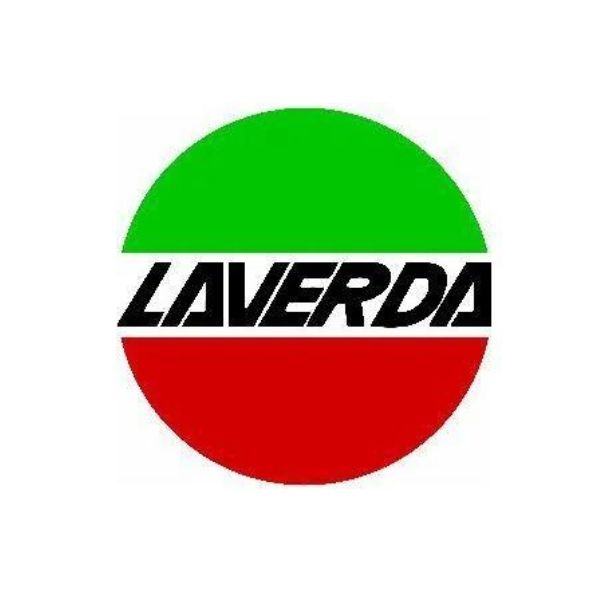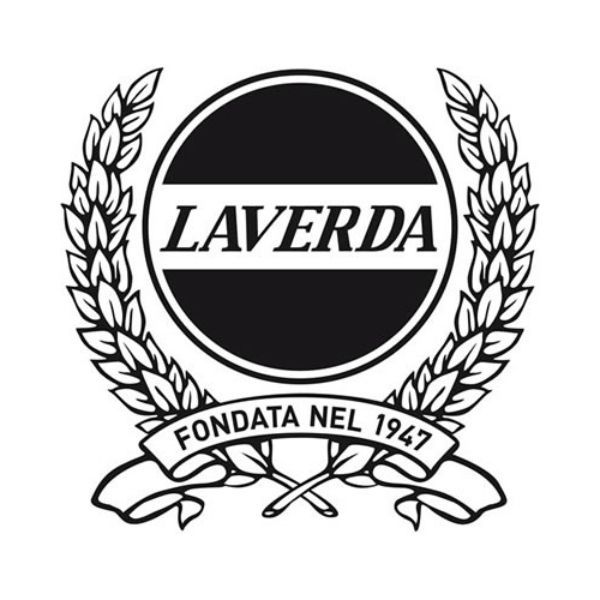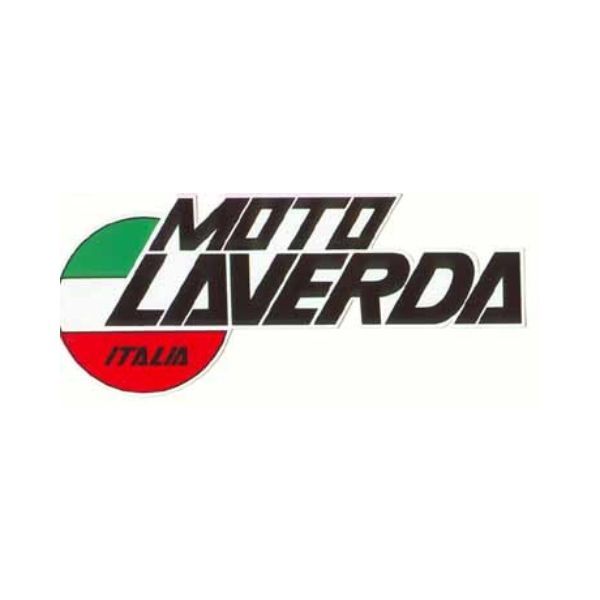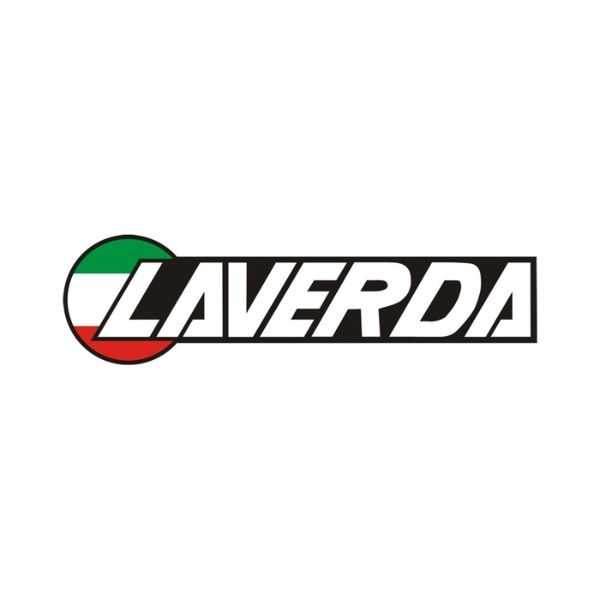Laverda
Laverda Motorcycles emerged from a family's unwavering dedication to quality engineering and ingenuity, and from its inception has cultivated an unparalleled reputation in the motorcycling industry. What began as an agricultural equipment manufacturing factory under Pietro Laverda in 1873 in Breganze, northern Italy, later evolved into an iconic motorcycle brand driven by a relentless pursuit of innovation.

The Laverda legacy lies in their adeptness in mechanical creativity, as exemplified by Pietro’s sons, Antonio and Giovanni. Under their leadership, the company witnessed considerable expansion, ushering in new machinery models, and incorporating an iron-casting department for heightened quality control. The resilience of the Laverda brand was truly tested when Antonio's sons, Pietro and Giovanni Battista, took the reins during the global economic crisis following the stock market crash of 1929. The family company, now rechristened Pietro Laverda Inc., navigated through the turbulent times and emerged stronger, thanks largely to the leadership of CEO Giovanni Battista and the technical genius of Francesco Laverda.
Post-World War II Italy presented a unique challenge. Recognizing the country's desperate need for affordable transportation, Francesco embarked on a mission to design a lightweight yet robust 75cc single-cylinder engine, a venture that culminated in the creation of Moto Laverda. The resulting Laverda 75 was lauded for its efficiency, and soon, the company began to gain a reputation for producing dependable motorcycles suitable for endurance events.
In their relentless pursuit of excellence, Laverda set a trend in the motorcycle industry. Francesco's imaginative genius led to the birth of the 200cc parallel twin in 1961, which marked Laverda's foray into the US market. Massimo Laverda, Francesco’s son, played a pivotal role in the brand's growth, bringing a fresh perspective on the evolving motorcycle market, especially in the domain of large-displacement models. Inspired by the successful Honda advertising strategy, Massimo returned from the US with a plethora of ideas and a renewed zeal.
The next significant milestone for Laverda was the creation of the large-displacement two-cylinder engine, envisioned to surpass traditional British twins in terms of accessibility, practicality, and engineering sophistication. The robust and distinctive design of the Laverda 750 GT, despite its considerable weight, was well received in the market and started the brand's foray into the big leagues.
The Laverda 750's evolution in the form of the 750 S, 750 SF, and 750 SFC represented the brand's enduring commitment to constant innovation. However, Francesco’s passing in 1976 dealt a significant blow to the company. Even though his brother Piero attempted to keep the business afloat, the dynamic vision of Massimo and Francesco was sorely missed. By the end of the '70s, the pressure to halt motorcycle production was mounting.
Laverda’s attempt at introducing the 1,000cc triple marked the beginning of the end of an era. While the triple upheld Laverda's reputation for reliability, it failed to repeat the success of the 750 series. The company then sought to enter the intermediate-displacement market with the sleek 500cc DOHC twin, but a sudden taxation policy on bikes above 350cc by the Italian government quashed their hopes.
Laverda’s swansong was the ambitious 1,000cc Laverda V6. It was an audacious project that ultimately drained the company’s resources. By 1985, the Laverda family decided to step back from all industrial activity. Despite the abrupt end, Laverda's saga left an indelible imprint on the motorcycling world. The brand’s legacy still resonates, a testament to their pursuit of mechanical brilliance and enduring resilience.
Additional Laverda Logos
Author: William Flaiz





